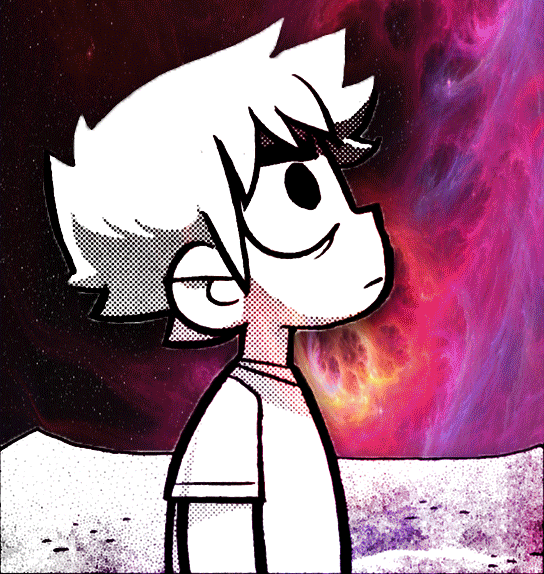Studio 1: Critical Listening - Trust your ears!
- Justin Dando

- Oct 9, 2018
- 3 min read
Updated: Nov 15, 2018
It might seem obvious but listening is an essential part of producing music and sound effects. To be able to improve your efforts and stay relevant within the industry critical listening is employed to learn from other producers, musicians and general audio practitioners. Critical listening involves analysing any piece of music and breaking it down to it's core components to figure out what is happening within the track considering the tempo, instrumentation, key, lyrics, effects and countless more decisions made within the song itself. Once broken down you can learn from the decisions made and incorporate into your own creations avoiding blatant plagiarism hopefully but I'll get into copyright at a later date.
Nick D'Virigilio famous musician and writer for Sweetwater.com put it perfectly by saying "An engineer without a good pair of ears can ruin a composer’s or songwriter’s vision." (D'Virigilio, 2014)
In his article he goes into great detail about the difference between analytical listening and critical listening and the importance of both. The difference being, analytical is the meaning behind the song and how it makes you feel vs. critical listening being the identification of finer details and processes throughout the song. For me critical listening is really important at the moment as I'm starting to make my own music within Protools and I'm using critical listening to learn how other producers and engineers actually do it. Lately my latest inspiration is the Horizon: Zero Dawn soundtrack produced by Joris De Man, The Flight and Niels van deer Leest. So far I've been critically analysing the song Colossal to help with our project (see wk1 blog).
This track is a perfect example of what Tom and I want to make. It's filled to the brim with excitement and has an amazing ebb and flow to it. Waxing and waning with drama and it really helps pump me up for this project. I'm unsure as to when it actually plays within the game I couldn't find any information on the wiki but from memory it is a combat track that is played when fighting in a major conflict either against a Thunderjaw as shown below...

Or against a Deathbringer...

Both these fights are really exciting as the enemies as you can see are huge compared to Aloy (main character). The track really fits the bill in terms of size and I really want to understand how they've done that. There are no developer breakdowns or behind the scenes for this track so I'm on my own in terms of interpretation and working it out but I've learned a lot about picking songs apart since I've started this course. I'll be doing a separate blog for this track tear down but the general framework or what I want to learn from this track is, how is it structured, what instrumentation is used and how does it build drama and make the player feel pumped up without being too overwhelming. My track teardown will go through my findings and I know that I'll learn a lot from this track and I hope you learn something as well.
References:
Comerchero, D. (2018). You’ll Never Listen to Music the Same Way Again. [online] Pro Audio Files. Available at: https://theproaudiofiles.com/youll-never-listen-to-music-the-same-way-again/ [Accessed 9 Oct. 2018].
D'Virgilio, N. (2018). How To Listen: Part 3 — Analytical and Critical Listening - inSync. [online] inSync. Available at: https://www.sweetwater.com/insync/how-to-listen-part-3-analytical-and-critical-listening/ [Accessed 9 Oct. 2018].
Rochman, D. (2018). Critical Listening: How to Train Your Ears | Shure Blog. [online] Shure Blog. Available at: http://blog.shure.com/critical-listening-how-to-train-your-ears/ [Accessed 9 Oct. 2018].





Comments